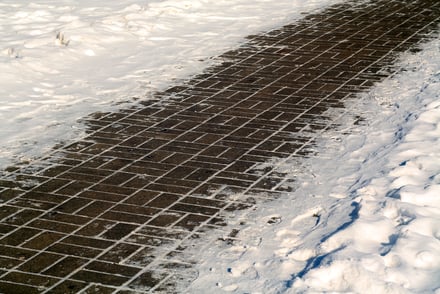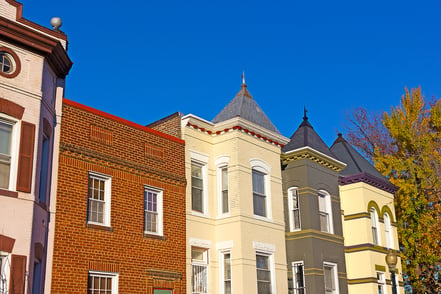Owners of historic DC brick homes often face the need to repair and restore the brick and mortar facades. In some cases previous repairs were done with inappropriate materials and are the source of the problem. If not done correctly, brick mortar repair can be a costly renovation mistake.
According to Old House Journal, one of the top ten restoration mistakes involves the practice of tuck pointing. If the correct type of mortar is not used, the repairs can actually cause more damage.
"The interaction between mortar and different types of brick or stone is a complex one, but a misunderstanding here could cause failure in masonry that's lasted hundreds of years. There are two classes of mortars:
When in doubt, use a soft mortar"...Old House Journal
- Portand cement mortars are very hard and slow to transmit water or water vapor. While Portland cement is a good pairing with modern hard-fired brick or hard stone, trouble arises when it's used with older, hand-packed bricks fired at a low temperature (which are relatively soft) or fieldstones. In this pairing, the hard Portland cement mortar will cause soft brick and stone to deteriorate at a rapid pace.
- Lime mortars are quite soft, and readily allow water and water vapor to pass. Lime mortars readily accommodate older brickwork.
Mistakes involving mortar repairs often result from lack of knowledge or desire to lower the cost. Unfortunately, these misguided efforts tend to require more expensive repairs in order to maintain the structural and historical integrity of the buildings. When your facades are in need of brick mortar repair, you can avoid this costly renovation mistake by selecting the right Washington DC masonry contractors.
Renaissance Development, a leader in brick restoration and historic preservation, specializes in the restoration of a historic brick building’s mortar joints using traditional methods (tuckpointing) and materials. Contact us for a free site visit and project quote.
Sep 8, 2015 8:30:00 AM


